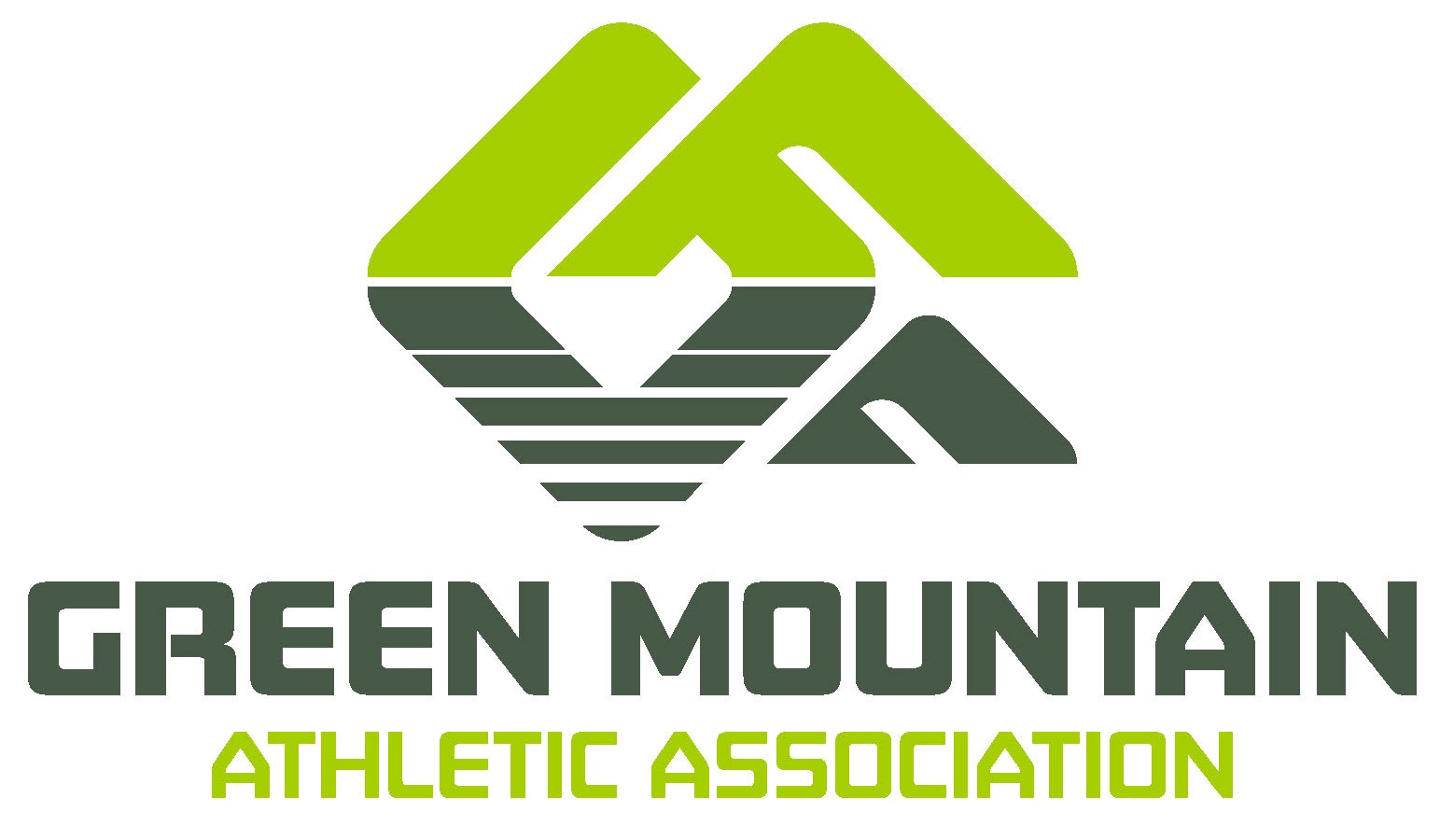
Want to improve your efficiency and up your running confidence? Head for the hills.
Here’s a few tips to become a little more “vertically inclined.”
There’s obviously no shortage of hills here in the Green Mountain State but aside from just bragging about vert, you can actually use the hills to improve running on the flats too.
STANDING TALL
The pitch of the ground will naturally make you want to bend forward at the hips. Coaches often instruct runners to “stand tall” but a better thought might be to imagine you have a lasso around your waist and someone is tugging you up the hill from your waist. This will keep your glutes engaged and “un-hunch” your lower back. There is a lot of sneaky core work here that will prove beneficial on and off the hills!
Keep your neck straight. Look forward. Not at your feet.
STRIDE
You can use hills to naturally improve stride efficiency. It is (almost) impossible to over-stride while running up hills unless you’re really trying. If you’re a runner who’s prone to injury due to over striding, (like some knee joint pain or IT band syndrome that often sidelines you for a bit), you’ll be able to get used to what proper form feels like even on a one- to two-percent incline. As the road or trail gets even a little steeper, your stride naturally shortens, and if you’re taking shorter strides, you’ve got to take more of them to keep your pace where it was before the hill.
PACE = stride length x stride frequency (cadence)
Running hills will teach you naturally to keep your cadence nice and quick.
ENGAGING THE RIGHT MUSCLES
Running up an incline properly requires a hip drive, which means that you should use your hip flexors to drive your knee straight up and forward (instead of off to the side) and then power thru the bottom of the stride with your glute muscles. These are the biggest (relatively speaking) muscles you have, so accessing them is key.
Sometimes to start off, it is necessary to actually focus and think in your head, “Use your glutes.” A cue I often use is to think about trying to scrape off a wad of gum from the bottom of your shoe on each stride. You’ll be able to feel the difference when you are accessing the right muscles. It’s a really good kind of “pain in the butt!”
KEEPING THE MIND INCLINED
Staying upright will also keep your chest open and allow your lungs to expand fully as opposed to slouching into the vigorous huffing and puffing. Having a mantra or mental cue to use while running up hills. A deep breath, a big hand clap, or even a phrase to tell yourself, as you start up an incline can keep your mind in game and minimize the fear of a hill. Breathing deep and staying calm is key to conquering hills, as opposed to gasping for air and going up reckless abandon.
TACKLING HILLS IN A RACE
If you are training for a specific race, it is important to practice similar type hill lengths and grades as the race terrain. Doing this will have you mentally prepared for how to handle yourself and what to expect. Be prepared and know where the hills are; you should study the elevation chart and know the course you are about to race. If the hills are at the beginning or middle of the race it is probably best to run them by keeping your effort steady. Don’t go too crazy and leave your legs crushed for the rest of the race. It will help immensely if you practice consistently and know how your body will feel at each point before, during, and after the hill.
As you hit an incline your cadence naturally starts to quicken, your heart pumps faster, and your lungs beg for more oxygen. The bottom line? There’s nothing you can do that will make hills the easiest part of the run, but if you can keep good form and stay mentally focused, you’ll conquer them in no time!
Billy is an easy going and adventure seeking endurance junkie, coach, and writer. Catch him enjoying everything from local 5k races, to UTMB, and former record holder for fastest time at the Antarctic Ice Marathon. When he’s not running or biking, he makes a living as a massage therapist at his own practice in downtown Burlington. Check him out at btvmassage.com.
